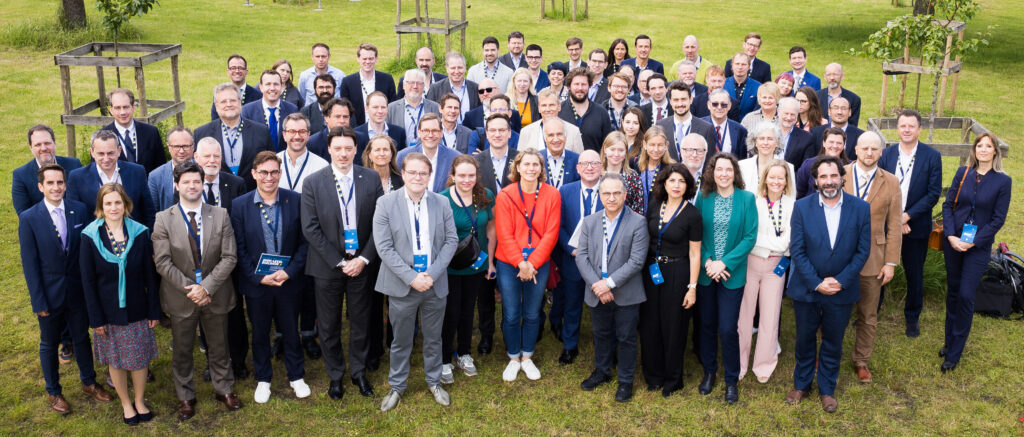Thursday, July 11th, 2024
The High-Level Dialogue on Connected and Automated Driving took place on 18-19 June 2024 in Ghent, Belgium. This event, organised in the framework of the Belgian Presidency of the Council of the European Union, brought together key stakeholders from the transport sector, including heads of administration, national experts, representatives of the European Commission, and industry leaders.
The High-Level Dialogue aimed to explore and discuss the latest advances and coordinated next steps in the field of Connected and Automated Driving (CAD). The event provided a platform for insightful discussions, keynote presentations, and interactive breakout sessions, focusing on the deployment of CAD technologies and their alignment with policy objectives. The ALICE Secretary General, Fernando Liesa, actively participated in this dialogue, contributing to discussions that shape the future of mobility.
Fernando Liesa represented ALICE during the breakout session entitled ” Aligning the introduction of CAD with Policy Goals”. In his presentation, focused on the MODI project, Fernando Liesa highlighted the following key points:

Key takeaways from the event:
The insights shared at this event will inform ongoing and future initiatives to align the introduction of CAD with policy goals, ensuring that advancements in this field contribute to cleaner, safer, and more efficient transport systems across Europe.

Photos copywrite: “Flemish Department of Mobility and Public Works”
